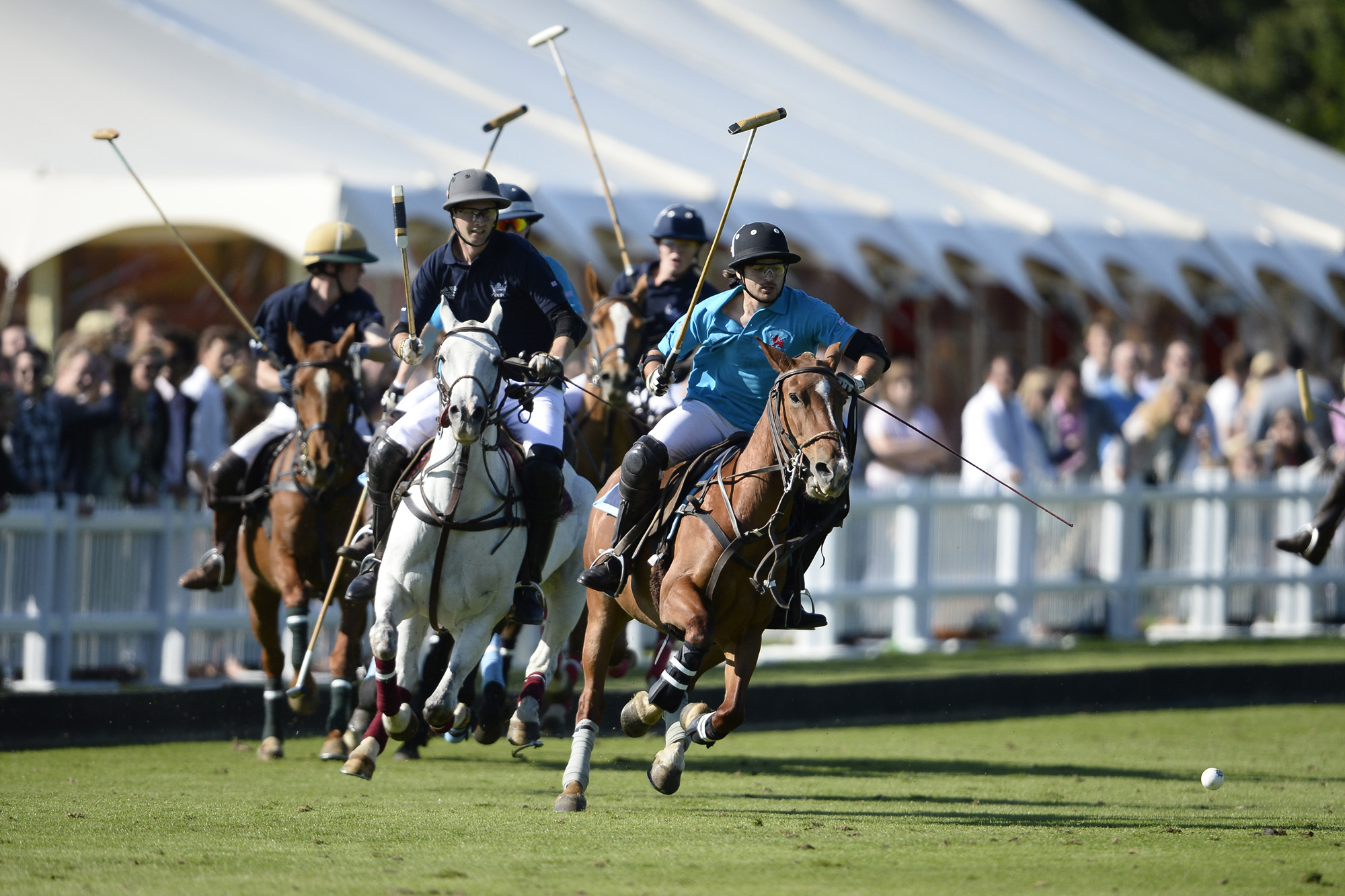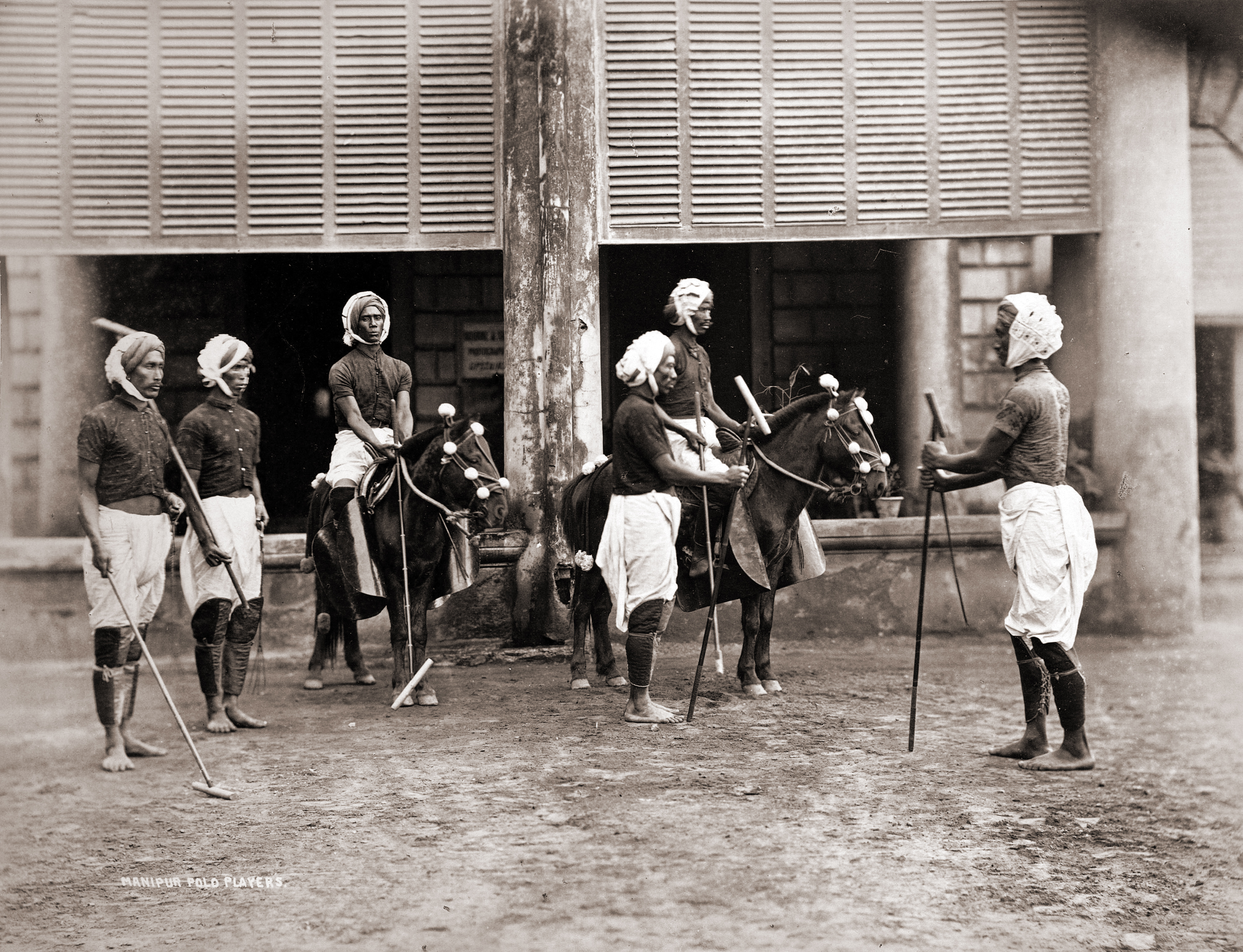 |
| The Modern Game Of POLO |
The game of POLO is one of the world’s oldest
known team sports. It has been described as “the sport of kings”. The game’s exact
origin is still unknown but it is believed to have begun as a simple game played by mounted Iranian and Turkic nomads in Central Asia, with the
current form originating in Iran (Persia) around the 5th century BC and then spreading east and
west. The sport then passed
on to parts of Asia including the Indian subcontinent over the years. However,
the starting of Polo in the modern era and its origins in India can be traced
back to the northeastern state of Manipur. But this article is not
about the history of Polo rather it is about the memoir of the world’s first Polo
Club which was established in India.
The
Memoir
The origins of Polo in Manipur are associated mythologically
with Marjing, the God of the Chenglei tribe. According to ancient Meitei
manuscripts like Kangjeirol (which is a treatise on Manipuri Polo), king Kangba
introduced Sagol Kangjei, now known as the game of “POLO”. The name Sagol Kangjei is
derived from the name of the king Kangba in which Sagol means horse or pony and
Kangjei means Kangba, the King’s stick. It was also referred to by other names
such as ‘Kanjai-bazee’ and ‘Pulu’.
Manipur
was an independent kingdom for centuries until the British defeated
them in 1891. Although, Anglo-Manipur relations were firmly established
after the First Anglo-Burmese War (1819-24) which also resulted in the
annexation of Assam to the British Indian Empire. It was the 19th century, after the Sepoy Mutiny
of 1857 that Captain Robert Stewart, a British Military Officer, was posted as
Assistant Deputy Commissioner to Assam’s Cachar. It was in Silchar(Headquarter
of Cachar district) that he first saw turban-wearing and dhoti-clad local Manipuri men playing the game of Sagol Kangjei(Polo). According to the record, Captain Robert Stewart joined the tea
planters and Manipuris whenever the game was played at Silchar.
 |
| Father Of Modern Polo: Then Lieutenant Joseph Ford Sherer |
Stewart became
the Deputy commissioner in 1859 and another British officer Lieutenant Joseph Ford
Sherer joined Capt. Stewart as the Assistant deputy commissioner. Lt. Joseph
Sherer also saw the game and instantly took a liking of the game. One day, Sherer told his colleague, Capt. Robert Stewart, “We must learn the game”.
Their enthusiastic liking of the game resulted in a cumulative decision to start a polo club to play
matches against the Manipuri players. Thus came into existence, in March 1859, the Silchar Kangjei(Polo)
Club in a meeting held at Stewart’s bungalow along with local tea planters and
landowners. The Club’s first elected members were Captain Robert Stewart, Lt.
Joseph Sherer, James Davidson, Julius Sanderman, James Abernethy, Arthur
Brownlow, Ernst Eckhardt, W. Walker, and A. Stewart. They used to indulge in weekly games with the locals, played
in the traditional open spaces with small ponies. The sport was
starting to popularize from then. They started to play at Imphal Polo Ground
which is the oldest known Polo Ground of the world.
 |
| Manipuri Polo Players at the Silchar Polo Club in 1875 |
After a while Lt. Sherer moved to Kolkata,
then known as Calcutta and the capital of British India. There he couldn’t stop
thinking about the game. So, he and Stewart collaborated on turning sagol kangjei into a
“proper sport” — i.e., an Anglicized version of what they had seen. So, in 1862,
they established the Calcutta Polo Club, the world’s first organization for the
(sort of) brand-new sport. The Calcutta
Polo Club is now the world’s oldest Polo Club.
Now the game spread rapidly to almost every
cantonment in British India. In 1864, on the invitation for a match from Calcutta, the Silchar
Polo Club raised a Manipuri polo team known as The Band of Brothers and Lt.
John Sherer took them, with their ponies, to Calcutta by country boat. The team
consisted of Toolsi Singh, Chowba Singh, Ammu Singh, Omah Singh, Tubal Singh,
Aema Ba and Monga Pa. The Manipuri team demolished the Calcutta team. A
match was also staged between the Calcutta Polo Club and the Manipuri team on
the occasion of a visit to Calcutta by the Prince of Wales in 1876. It ended in
a draw.
 |
| Lt. Joseph Sherer with Manipuri polo players |
It was largely due to the tireless efforts of Lt. Joseph Sherer
that Sagol Kangjei got transformed into the popular game of modern polo.
When Sherer retired as a Major General, he was rightly acknowledged as the Father of English Polo. Amongst other notable British people who reached
out to Manipur to encourage the game was Lord Curzon, the then Viceroy of India
who witnessed a match at the historic Imphal Polo ground in 1901. The game also
finds a place in Curzon’s memoirs (The Viceroy’s Notebook).
 |
| Imphal POLO Ground |
 |
| Today's Silchar Polo Club now known as Cachar Club |
Over the flow of time, Polo has comprehensively been cognized as a global sport, with more than 80 countries where it is being played. In fact, it was also an Olympic sporting event from 1900 to 1936. The Polo we know today may have not been this popular if Captain Stewart and Lt. Sherer have had not been posted at Silchar. The Silchar Polo Club could have been the first and most importantly the oldest polo club today but sadly due to negligence, it remains as a forgotten past. The Silchar Polo Club which is now known as The Cachar Club is situated at the heart of Silchar. Nevertheless, it will always remain as the first awe-inspiring & magnificent milestone in the journey of “the sport of kings”.





0 Comments